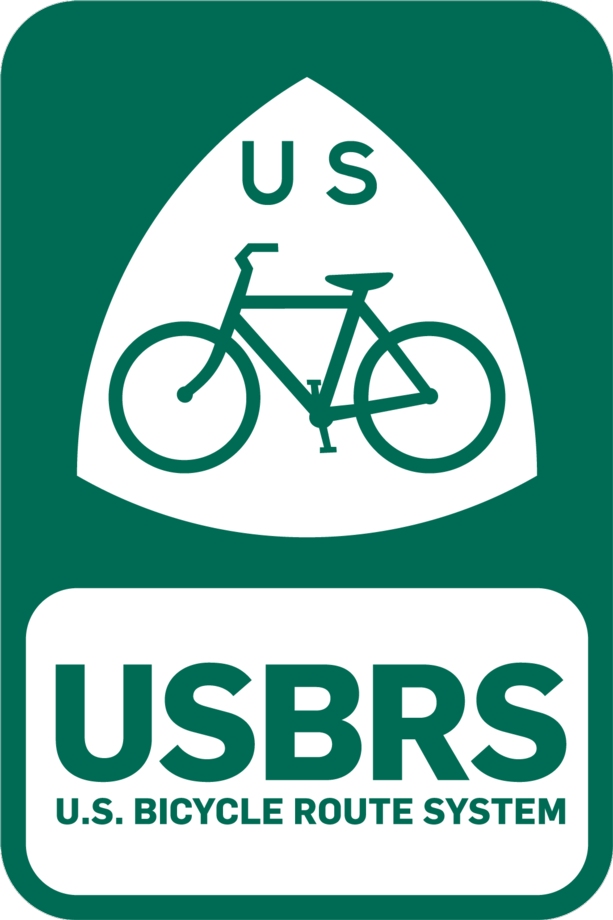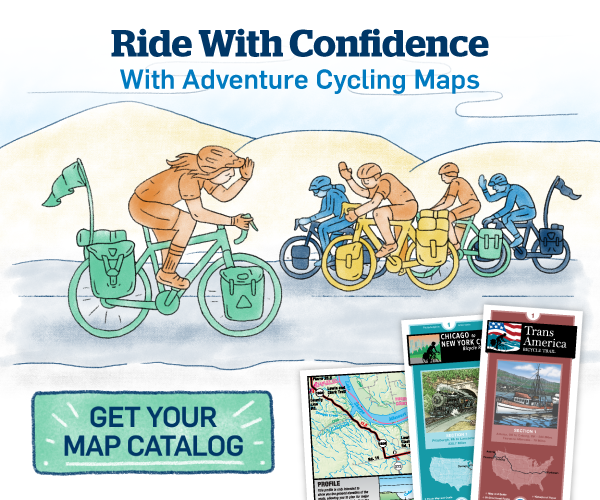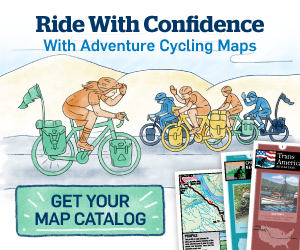10 Fast Facts

- The U.S. Bicycle Route System (USBRS) is a developing network of officially designated bicycle routes that connect urban and rural areas across the US.
- The National Corridor Plan is the blueprint for the development of future U.S. Bicycle Routes.
- Corridors are not routes, but 50-mile wide areas where routes may be developed. Corridors link key destinations, urban centers, and the natural landscape.
- Corridors can be added, removed, or shifted by states as opportunities and interest develops.
- U.S. Bicycle Routes connect at each end to another state, international border, or existing U.S. Bicycle Route.
- U.S. Bicycle Routes may be on roads or trails suitable for bicycle touring.
- State departments of transportation (DOTs) apply for U.S. Bicycle Route numbered designation, and work in coordination with local agencies, organizations, and volunteers in planning and choosing routes.
- U.S. Bicycle Routes are catalogued and designated by the American Association of State Highway Transportation Officials (AASHTO), the lead non-profit organization supporting state DOTs.
- U.S. Bicycle Routes are designated with numbers and may be mapped and signed.
- Projects to help create U.S. Bicycle Routes can be supported through federal, state, and private funds.
For more information or to get involved, please contact usbrsinfo@adventurecycling.org.
View as PDF


